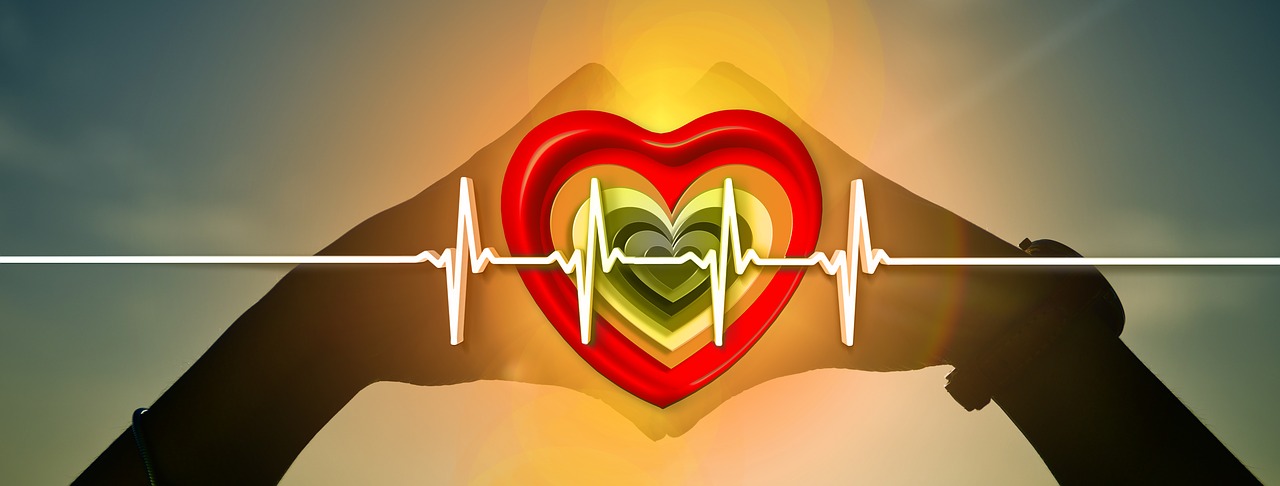When I was an intern learning to be the doctor in a Code Blue situation, one of my mentors gave me this valuable piece of advice:
“Feel your own pulse first.”
I thought to myself: In a Code Blue, the patient may be turning blue. The patient is the one that may not have a pulse. I’m supposed to check the patient’s pulse. Why would I check my own pulse? I laughed, and so did the rest of the interns with me.
In my first Code Blue, I ran into the room. My heart was racing. My mind was racing. I was trying to remember what to do first. I could feel the cold sweat forming on my neck. And so, I checked my own pulse. (I made sure no one could see me do it, of course.) I slowed down, took a breath, and thought … “Yep, I still got a pulse!” … and then my mind stopped racing, and I knew what I had to do.
I looked at the patient. He was breathing, alert, awake. (Not a usual thing in a Code Blue!) His eyes opened wide as he stared at the whole team of people that ran into the room with carts and machines to save his life. I checked his pulse. He was going to be fine. Someone had pushed the button because the remote heart monitor had malfunctioned and said that he had an erratic pulse. Phew!
The Principle of FEEL
I would again revisit this principle in Suzanne Scurlock-Durana’s workshop and book Full Body Presence: Learning to Listen to Your Body’s Wisdom.
She presents Five Principles of Full Body Presence to help us stay present in the moment. Check out her book to learn more.
One of those principles is “Feel.” In the Code Blue situation, I was able to use this principle to be more present. Feeling my own pulse allowed me to drop into the sensation of the body in the present moment, calm down, and face the situation with more grace and ease. Sometimes, I access this principle by just taking a deep breath in a stressful moment. Other times, I take the time to drop into a meditative process that she calls “Grounding and Filling.” What I need in each moment to access this principle might be different, and I’m sure you have your own ways too. Presence is like a muscle, the more we exercise it, the easier it is to access when we need it.
Get Out of Your Head
If you are like me, frequently stuck in my thoughts, stuck in my head, wheels spinning, then the wisdom of this principle will help in another way too. I learned that the language of emotions is in the body. That is why they are called feelings. How do you feel?
I used to face my decisions with over-thinking. (I still do sometimes.) I make a list of pros … and then a list of cons. Then, I stare at the list, just as confused. The mind is good at creating options, making lists, rationalizing, coming up with reasons. However, there is another question: how do you feel about the decision and options? I realized that the mind is good at coming up with options, but it is the “gut” feeling that allows me to decide. It is the “heart” that tells me what inspires me. The “head” helps me to gather all the information and the options, look at the facts, research and study. However, the “head” is only one part of making decisions.
I used to only ask myself: What do you think?
Now I also ask myself: How do you feel?
Upcoming Book
In her upcoming book, Suzanne Scurlock-Durana delves deeper into the topic of presence by discussing each of the wisdom areas of the body. Trauma of different kinds often disconnects us from feeling that wisdom in our body. Learn about the wisdom of areas like the heart and gut and how to reconnect to them. Check out Reclaiming Your Body: How Your Body’s Wisdom Can Help You Heal from Trauma. You can pre-order it on amazon.com.
![]() Join the study group discussion “Feel the Present Moment.” Suzanne Sculock-Durana will be my guest on Friday, May 26, 2017, at 12:30pm ET. LivingthePresentMoment.com/studygroup
Join the study group discussion “Feel the Present Moment.” Suzanne Sculock-Durana will be my guest on Friday, May 26, 2017, at 12:30pm ET. LivingthePresentMoment.com/studygroup


